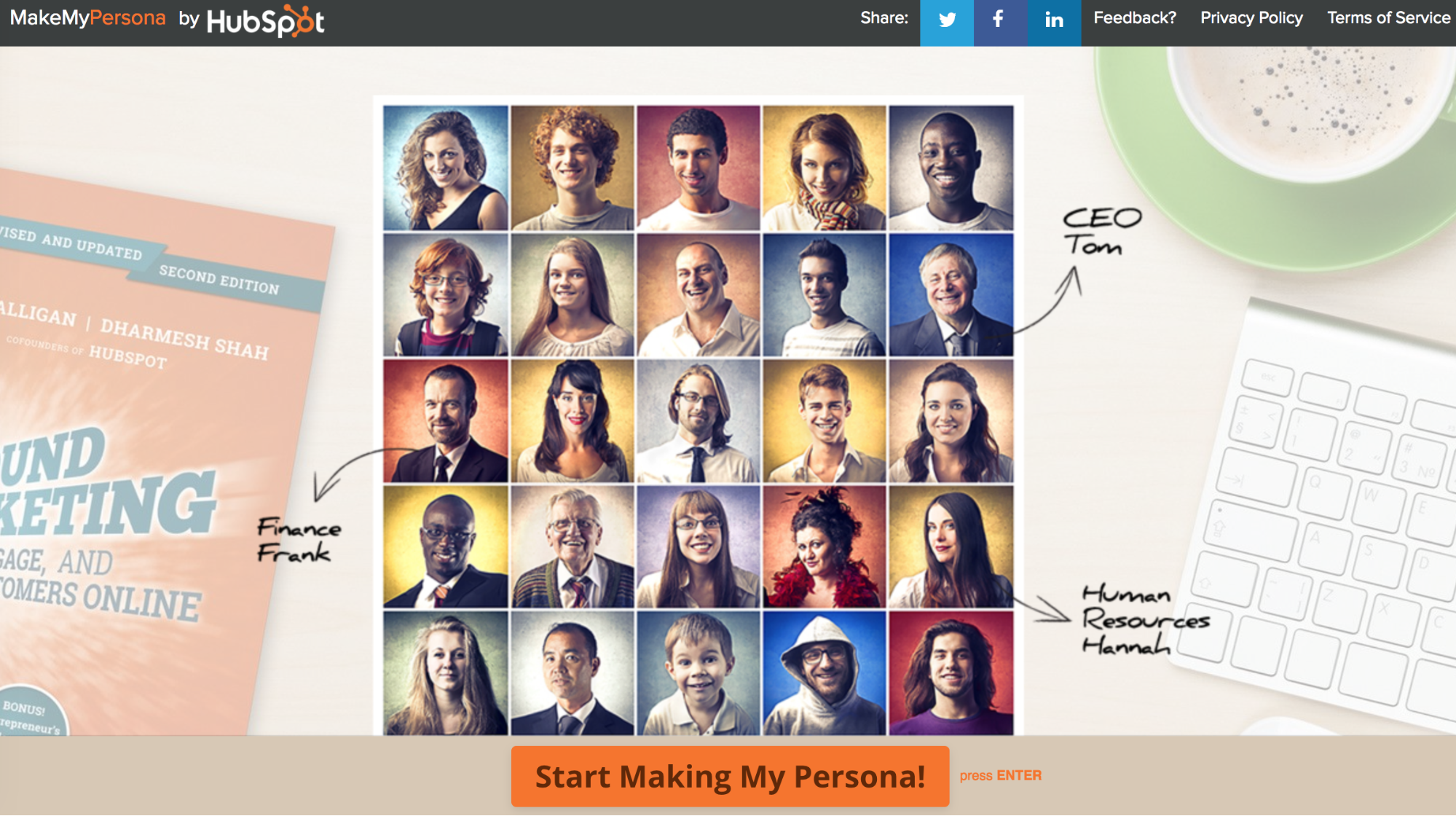
Let’s start off with a survey:
Which is better: Account-Based Marketing (ABM) or Inbound Marketing?
Ask five different marketing executives, and you’ll get five different answers. The problem is that they’re all thinking about it incorrectly.
You don’t have to choose between ABM and inbound marketing to create a successful B2B marketing strategy. In fact, contrary to popular belief, the two are complementary and can be highly effective when used together.
The question is, how?
What Is Account-Based Marketing?
Account-based marketing is exactly what it sounds like. It’s marketing that targets a specific account (a.k.a. a company). Essentially, it’s an approach to marketing where you base your campaigns, goals, and strategies around a single account—considering all decision-making individuals within that account as a market of one.
ABM is ideal for smaller and more easily addressable markets. For example, let’s say you have a limited number of accounts you’d like to target, ABM allows you to take a very focused approach on placing your content and products in front of your prospects, rather than waiting for an individual to find you.
ABM is also highly personalized in nature, meaning that you can reduce the noise by creating a marketing strategy that is directly targeted to a single account through all channels—offline, social media, email marketing, and more.
Account-based marketing in action can look like sending a personalized email to all pertinent executives at a specific company. Or, creating a targeted Google Adwords campaign that relies on emails to seek out specific company leadership.
What Is Inbound Marketing?
On the other hand, inbound marketing is a strategy that seeks to attract customers—a.k.a. individuals—through content and information that provides value. It is not disruptive—fighting for a customer’s attention. Instead, it relies on quality content to stand out. For inbound marketing, the most common channels include blogs, search engines (SEO) and social media.
The key to inbound marketing is building trust and positivity in your audience by developing relationships over time. Inbound marketing in action can look like a series of blog posts discussing a topic that is highly relevant to your target audience. It can also be reflected in the SEO of your website, particularly guiding prospects who search for relevant keywords to high value landing pages designed to convert.
Using ABM and Inbound Marketing Together
Although it may sound as if ABM and inbound marketing contradict each other, considering who and how they target, in reality, the two can work well together because they share the following principles:
- They value the prospective client: In both cases, the more you know about your target audience—whether account or individual—the more likely you are to close the sale by offering them what they want and/or need.
- They adapt to the customer: Both ABM and inbound marketing adapt to the way your clients want to shop by targeting them where they are, rather than intruding into their lives with flashy advertisements.
Ideally, ABM can help you target specific new clients that you want to bring into the fold, while your inbound marketing can mainly focus on lead generation—attracting clients that are similar to your target ABM prospects. Inbound marketing would also take the lead when it comes to your online presence and influence building. The good news is that you can use similar efforts, collateral, and materials for both types of activities.
Here are a few examples of how ABM and inbound marketing can work together:
Identifying Your Target Audience
Your target audience should be created using both inbound and ABM. Using inbound marketing, you can create buyer personas by imagining the day-to-day lives of your customers—what their jobs are, their pain points, who they are, etc.
For this purpose, you can use HubSpot’s MakeMyPersona tool to help you develop in-depth buyer personas.

Subsequently, you can use ABM to find the “ideal” client for your business, looking at firmographic data, company size, location, annual revenue, etc. Together, hand-in-hand, you can use both marketing strategies to fully develop and accurately target your ideal audience.
Creating Targeted Content for Large Accounts
Typically, you’d use ABM to go after large accounts, which would result in big sales. This can be an involved process requiring a large amount of high-quality, targeted content focused on each stakeholder involved in the account. You can use inbound marketing to help accomplish this outreach.
It’s important to remember that when it comes to ABM and reaching out to a large account, the content should be specific to each department. For example, the Finance department may find pricing information more valuable, while Operations may be more concerned with ease of use. Let’s say you’re marketing strategy includes an email marketing campaign. In each case, you’d want to include blogs, case studies, or free downloads that align with the specific department you’re sending the content to.
While this content can be produced with specific people and accounts in mind, it’s more valuable if it can be used for similar prospects from an inbound marketing standpoint as well. Ideally, inbound marketing would create the content while ABM would package it based on the target audience. In this way, you can work at attracting your ideal companies and target other prospects simultaneously.
Engaging With Buyers
Just as sales and marketing work together to determine the best way to engage each lead or account stakeholder, ABM and inbound marketing should work together to develop relationships with prospective clients. Each strategy should be deployed based on the target. For example, some clients may prefer direct email, while others prefer different channels.
Marketing, using the data gained from both ABM and inbound, can relay to sales people how a specific client best responds. This way your sales team can use relevant targeted messaging that has already proved successful.
Measuring Impact
You can use ABM’s reporting on the account level to provide valuable insight to inbound marketers on what’s working and what’s not. Since ABM works with the “ideal” account, the feedback and data you receive about the success or failure of your efforts can be directly translated into prospective clients. Also, since ABM reaches out to every person in a business, you can map back to each touch point in a given campaign to figure out the efficacy.
To truly understand the impact of your ABM campaigns and measure B2B marketing ROI, there are a couple specific metrics you need to understand: deal velocity and close rates.
Deal Velocity:
Deal velocity shows how quickly a sale is closed based on the average sales cycle length and the amount of money spent on ABM activities. As ABM spending is increased, the average sales cycle should decrease.
Close Rates:
ABM is only successful if you can attribute sales to your activities. This is where it’s important to choose an appropriate attribution model—single attribution, simple calculation, or the sales funnel approach—to figure out what your efforts are worth.
After you track and measure these efforts to determine which ABM activities are most successful, you can translate those same activity types into your inbound marketing strategy.
Marketing is a complex undertaking that shouldn’t be simplified into “do this, don’t do that.” Instead, you should view both account-based marketing and inbound marketing as two separate strategies, each with elements that you can combine and incorporate into your overall success.






-231232-edited.jpg)
